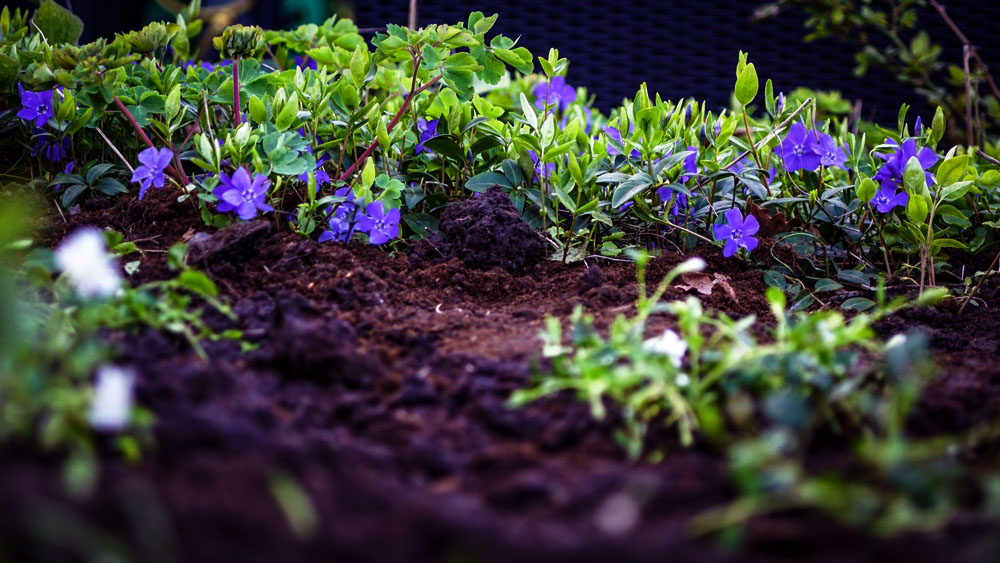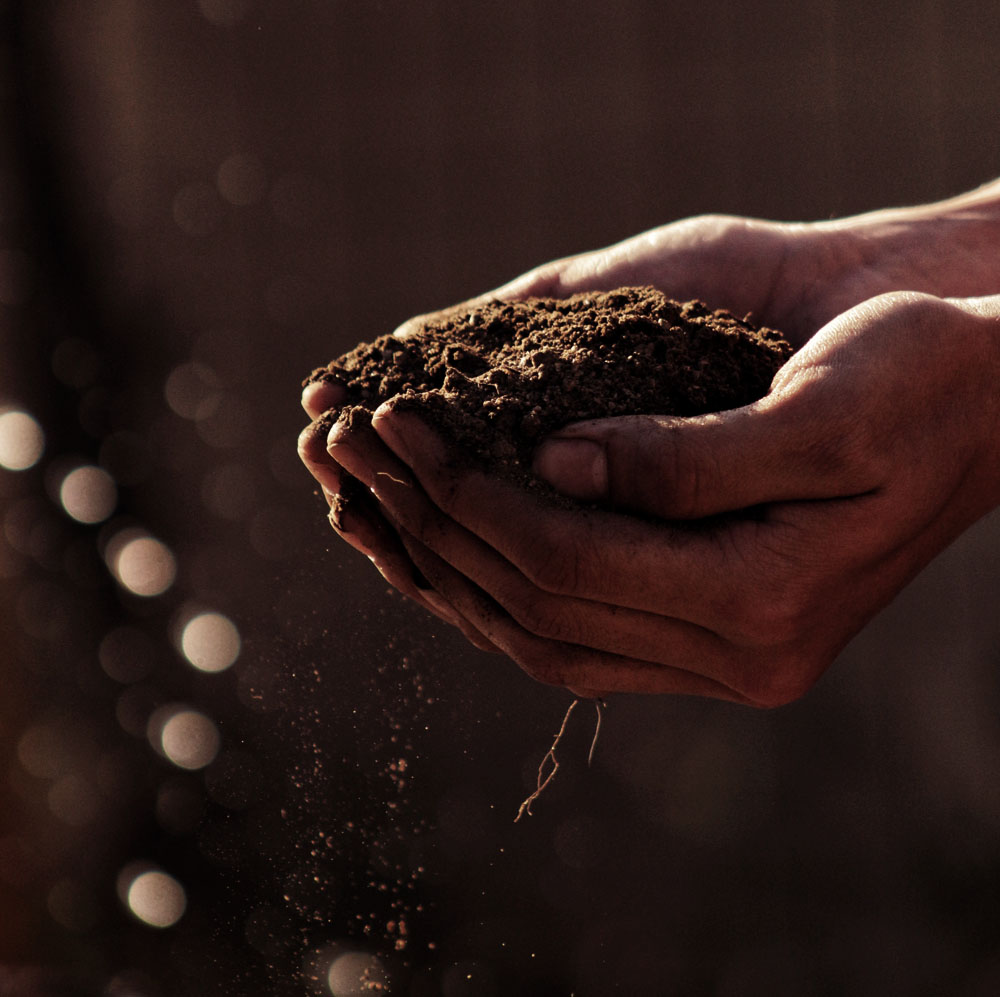If you want your plants to thrive, the condition of your soil should be one of your top priorities. At the very least, you want your soil to be well-aerated, rich in nutrients, and have plenty of organic matter as these will ultimately determine the health of your plants. Poor soil can make gardening more difficult and make you work harder than you should. Thankfully, there are a couple of ways you can improve the condition of your garden soil and in this guide, we’ll be going over on how to do just that.
Figure out what type of soil is in your garden
The first thing you should do is find out what type of soil you’re working with. There are three main soil types which are loam, sand, and clay. Some soils are formed in combination with these and you may even find that some areas of your garden are made of different soil types. Understanding what type of soil is in your garden will enable you to make the appropriate adjustments to improve its condition.
The easiest way to figure out the soil type in your garden is by doing a water test. Grab a handful of soil and and add water slowly on top. Squeeze the soil slowly in your hand before examining the mixture:
- If the soil remains firm after mixing it with water, then it’s a clay soil.
- If the soil crumbles and it turns gritty, it’s a sandy soil.
- If the soil retains it shape but is still slightly crumbly, then it’s a loam soil.
- Loam
Loam soil contains a good balance of clay, sand, and silt. This type of soil also contains plenty of humus (which are decomposed organic matter), making it the ideal soil for most plants because it’s easy to cultivate. No wonder gardeners favour loam due to its highly fertile characteristics and its ability to retain nutrients. When aerated, loam drains freely while maintaining moisture to help your plants grow.
How to improve it:
A garden that uses loam can be improved by simply adding organic matter like mulch, compost, and manure. These help introduce beneficial microorganisms that aid in plant growth. You can also apply wetting agents to improve the soil’s moisture-retaining properties which is crucial during the summer seasons.
If your loam soil contains high amounts of clay, you may find it heavy and difficult to dig up. Heavy loam soils are also susceptible to baking hard in summer and water logging during the colder months. To alleviate this, apply organic matter to areas with high clay content. This opens up the soil structure to allow proper water drainage and enable roots to penetrate the soil easily.
- Sand
Sandy soils have a lighter colour compared to loam and feel quite gritty to the touch. You can tell if your garden soil is made up of sand when you pick it up and it doesn’t retain its shape. While sand doesn’t have the same moisture-retaining properties like loam, it’s easier to cultivate and warms up earlier during spring which provides plants with an opportunity for early growth spurts.
How to improve it:
To improve sandy soil, dig in as much organic matter as possible (like manure and compost). This helps enhance the soil’s texture and improve both its moisture and nutrient-holding characteristics. Since sandy soils don’t retain nutrients very well, feeding them with small quantities of fertiliser is a good idea.
Some sandy soils are hydrophobic, meaning they repel any water that’s coming their way. For optimal plant growth, keep these kinds of soils well-mulched. You can also apply a clay soup around dehydrated plants to improve the soil’s moisture and nutrient-absorbing properties. Simply mix a few clay sods to a bucket of water and stir it until it achieves a thick, soup-like consistency before pouring it onto the soil.
- Clay soil
Clay soil is composed of very fine particles that contribute to its dark, heavy characteristics. The great thing about clay soil is that it retains water very well and can hold much more nutrients than sandy soil. That said, many gardeners face a number of challenges when dealing with clay soil. For starters, it’s difficult to cultivate. It becomes sticky when wet and ends up cracking when dry. During the colder months, soil can take quite a while to warm up which can slow down root growth in plants.
How to improve it:
Autumn is the perfect season to dig in plenty of organic matter as this helps with binding the fine particles of clay soil. When the particles adhere together, it improves the soil’s texture which promotes drainage and minimises water logging. Keep a permanent mulch made from bark chips, straw, rough compost, or shredded timber. Once the mulch decomposes, earthworms and other microorganisms will pull the organic matter down into the soil, thereby improving its texture and increase the number of beneficial microorganisms.
When winter arrives, consider applying gypsum (calcium carbonate) to help bind the particles in the soil without altering its pH levels. Also, avoid walking on wet clay as you risk compacting it and encourage drying due to the air in the soil being pressed out.
Keep in mind that when it comes to gardening, there’s always room for improvement so your plants can look beautiful year-round. With these tips, you’ll be able to enhance the condition of your soil and optimise it for plant growth. For all your soil supply needs contact us here at Soil Yourself.


